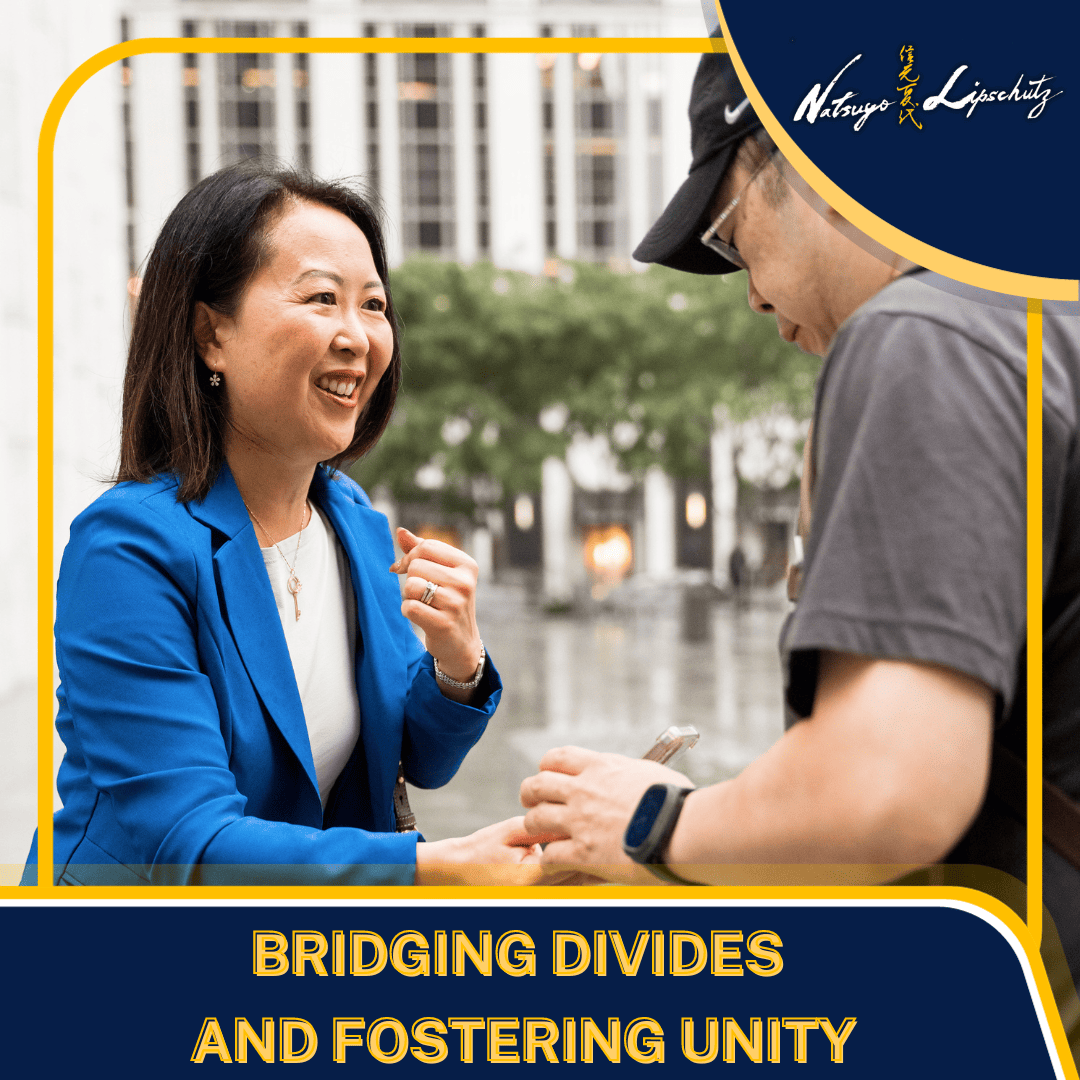
In the dynamic landscape of global business, the synergy and collective brilliance of diverse teams are the driving forces behind innovation and success.
However, as we unite from diverse corners of the globe, conflicts in conflict resolution may arise, ignited by disparities in cultural norms, communication styles, and perspectives.
Let’s dive into the art of solving conflicts in global teams. Our goal? To bring people together and make unity the star of the show, no matter the differences.
- Cultural Comprehension
Cultural diversity is the heart of global teams, but it can also be the wellspring of conflicts. The journey toward resolution begins with understanding the cultural perspectives of team members.
Recognize that assertiveness in one culture might be perceived as aggression in another. Fostering cultural empathy lays the groundwork for resolving conflicts.
- The Melody of Active Listening
Active listening is the rhythm of harmonious conflict resolution. Encourage team members to engage in active listening, ensuring that every voice not only finds an audience but also resonates with understanding. This practice nurtures a sense of inclusion and respect, even when faced with differing viewpoints.
- Facilitating Resolution
Introduce the role of a facilitator, a neutral third party skilled in guiding discussions and facilitating constructive conflict resolution. Facilitators stay neutral, manage the communication process, bridge differences, and maximize team productivity, ensuring that conflicts are addressed with impartiality.
- Discovering Common Ground
Conflicts often arise from diverse approaches and methodologies. Unite your global team by identifying shared goals and objectives. When team members realize they are working towards a common purpose, it can foster collaboration and minimize conflicts arising from differing methods.
- Feedback as a Path to Growth
Promote the art of providing feedback constructively. Constructive criticism can be a catalyst for personal and professional growth. Encourage your team to both give and receive feedback that promotes improvement without causing offense.
- Defining Expectations
Miscommunications can sow the seeds of conflicts. Ensure your team has a well-defined communication plan that sets expectations for how and when team members should communicate. This ensures a smooth flow of information and minimizes misunderstandings.
- Skill Development
Consider offering global facilitation training to your team members. Equip them with the skills and knowledge required to address conflicts effectively. This training can encompass conflict resolution techniques, communication proficiency, and cultural sensitivity.
- Bridging Differences
In a global team, cultural competence is paramount. Encourage team members to explore and learn about the various cultures represented within the team. Acknowledge that cultural differences in norms and communication styles may lead to conflicts, and proactively address them.
- Trust and Camaraderie
Team-building activities can nurture trust and camaraderie among team members. When team members know one another on a personal level, it becomes easier to resolve conflicts. It’s more straightforward to find common ground and collaborate with those you know and trust.
???? To further refine your skills in conflict resolution within global teams, consider enrolling in “The Art of Persuasive Speaking in Global Business.”
This program equips you with invaluable insights and strategies to navigate cultural differences and promote collaboration in the global team dynamic.
Harmonize global teams through the mastery of effective conflict resolution.




